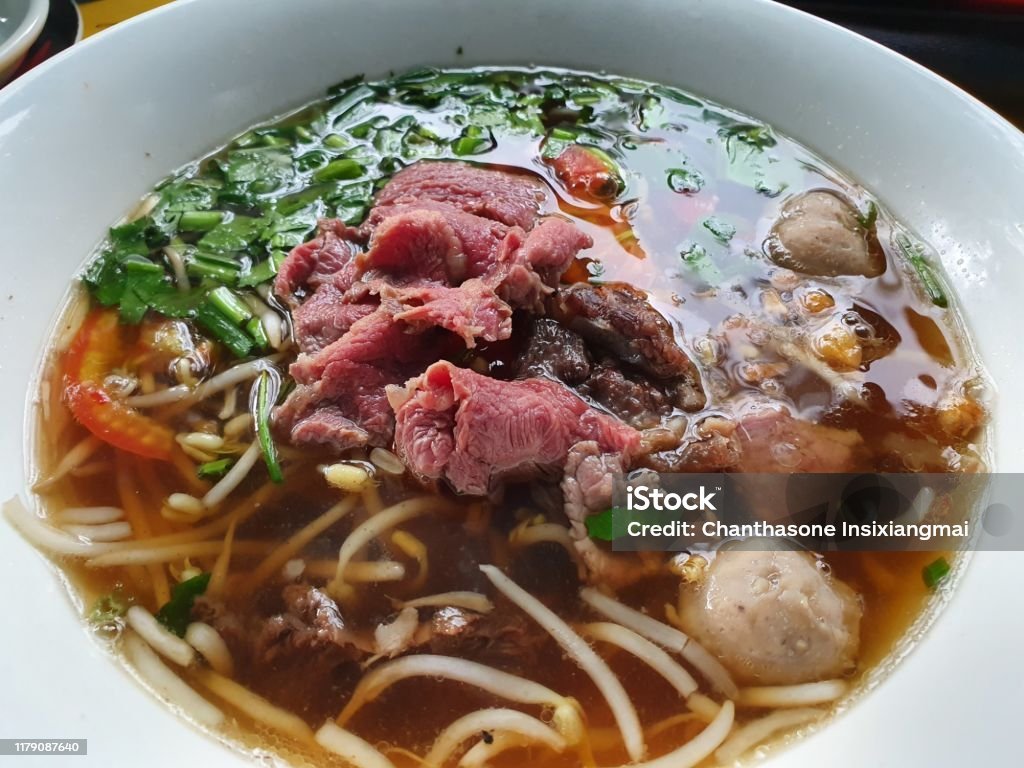
Hang Trong is the second-largest center for folk painting production in Vietnam, after Dong Ho. Along with Dong Ho paintings, Kim Hoang paintings, and smaller regional branches, Hang Trong has made significant contributions to the unique, vibrant, and diverse beauty of Vietnamese folk art.
Hang Trong paintings played an important role in the development of traditional folk painting, helping to make this craft flourish during its time. The exquisite artworks of Hang Trong, Dong Ho, and even Kim Hoang have gained fame not just in Vietnam, but also internationally. Hang Trong paintings are often seen in sacred places such as temples and shrines, and are also part of prestigious collections in museums and private holdings worldwide.

The Origin of Hang Trong Paintings
The name “Hang Trong” comes from Hang Trong Street in Hanoi, where these paintings were primarily produced. However, they were also created on other streets, such as Hang Non, Hang Hom, and Hang Quat, and sold in these areas. Despite this, Hang Trong remained the main center for both production and sales. These streets were once part of the Tien Tuc district (later renamed Thuan My), in the Tho Xuong district of ancient Thang Long (now Hanoi). Hang Trong itself was a part of Tu Thap village, famous for various handicrafts, including folk paintings, drums, parasols, ceremonial attire, and lacquered boxes.
Crafts were sold year-round, but most frequently during the Lunar New Year. Folk paintings were available not only in stores but also on street stalls, especially during the New Year season, to serve holiday shoppers.


Themes in Hang Trong Paintings
Religious Paintings
These were created for religious purposes, often for temples and shrines. The paintings are mystical, with familiar yet otherworldly figures. Examples include:
- “Phuc Loc Tho” (Three Deities)
- “That Dong” (Seven Children)
- “Tu Ton Van Dai” (Prosperity and Descendants)
Scenes of Daily Life and Nature
These paintings depict life and nature in vibrant ways. Examples include:
- “Cho Que” (Rural Market)
- “Canh Nong Chi Do” (Farming Scene)
- “Ly Ngu Vong Nguyet” (Carp Watching the Moon)
Storytelling and Humorous Paintings
These paintings tell stories or contain humor. Examples include:
- “Chuot Vinh Quy” (Mouse’s Procession)
- “Thay Do Coc” (Frog Scholar)
- “Truyen Kieu” (Tale of Kieu)


Distinctive Techniques and Styles
Hang Trong paintings have a different technique and style from Dong Ho paintings from the Kinh Bac region (Ha Bac). While Dong Ho uses woodblocks for both outlines and colors, Hang Trong uses woodblocks only for outlines on do paper.
Artisans, known as “ra mau,” design the patterns, and their skillful brushstrokes bring the paintings to life. These artisans are typically the most experienced and talented in the group. They also add inscriptions to enhance the composition and meaning of the work. Some designs could take months to finish.
After printing, the paper is treated to improve durability. The artist then hand-paints the colors, adding depth and vibrancy to each piece, making each painting unique.
Notable Artisan
Many talented artisans have contributed to the development of Hang Trong paintings, though many names have been lost to history. Modern-era artisans such as Le Dinh Tho, Le Dinh Lieu (1910–1973), and Vu Van Nghi are some of the best-known figures.

Enduring Legacy
Despite historical challenges, Hang Trong paintings remain an important part of Vietnam’s artistic heritage.
Famous works like “Ly Ngu Vong Nguyet”, the “Tung Cuc Truc Mai” series, “Chim Cong”, “That Dong”, “Phuc Loc Tho”, and various religious pieces like “Ngu Ho” (Five Tigers) and “Duc Thanh Tran” have stood the test of time.
These paintings reflect Hang Trong’s delicate artistry, filled with elegance and softer tones compared to Dong Ho. They are a lasting symbol of Hanoi and Vietnamese culture. Today, Hang Trong paintings continue to captivate audiences and stand as proud symbols of Vietnamese cultural identity.








